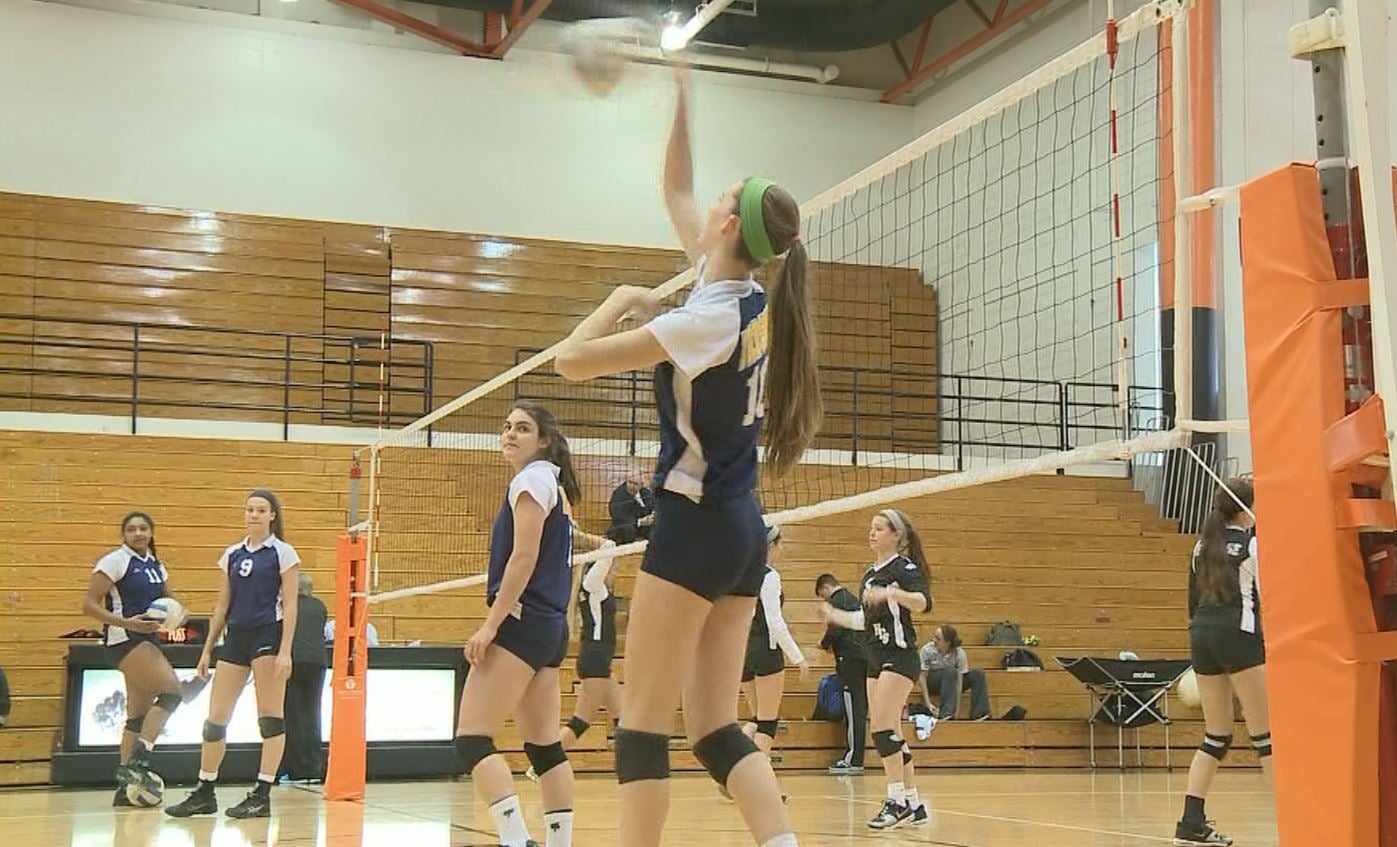What, how much to feed active kids
INDIANAPOLIS (WISH) – Fall sports are in full swing and proper nutrition is important to fuel kids’ activity and their growth.
Registered Dietitian Anna Busenburg with St. Vincent Women’s Hospital says kids ranging in age from elementary to junior high school need between 1,600 and 2,200 calories a day. High-school aged teens require between 2,000 and 2,400 calories.
Student athletes need an additional 500 to 1,000 calories a day depending on the physicality and intensity of practice.
“So if they’re going to be active for about an hour, that 500 additional calories is probably going to be fine,” says Busenburg. “If they’re going to be active for more than an hour, you’re going to start creeping closer to that 700 – maybe even 1,000 calories depending on what type of activity they’re even doing.”What to eat

In order to eat enough food, Busenburg suggests kids should eat five to six times a day.
“Three of those meals are going to be your breakfast, lunch and dinner and then about two snacks a day,” says Busenburg.
Each meal or snack should be well-rounded and varied, consisting of:
– Protein (found in meat, poultry, seafood, eggs, beans, nuts, and dairy foods)
– Carbohydrates (fruits, vegetables, and whole grains are the best sources)
– Vitamins and minerals (as found in fruits, vegetables and dairy products)
– Healthy fats (like meats, cheeses and nuts)
The timing of snacks is important, too.
“If you’re going to have a snack before your kid goes off to practice, then doing something that has more carbohydrates is going to be good because that’s what your body is using as fuel,” says Busenburg.
Busenburg suggests fruits, like grapes or oranges, can fulfill the carbohydrate requirement. Also, pretzels or a granola bar have the same impact.

“Now after practice, you want to aim for something that has a little more protein with it — peanut butter or some type of nut would be an excellent option,” says Busenburg.
Mix peanut butter with celery, pretzels or an apple. Yogurt is also a good after-practice option – and so is pudding.
“It can be a great sweet treat – especially after practice and it’s a perfect portion size and they can just have it on their way home,” says Busenburg.What to drink

Kids can get calories from hydration, too, says Busenburg and while water is the best for staying hydrated, milk can provide great nutritional benefit and help kids refuel. Busenburg says sports drinks can be OK in moderation, but suggests not giving more than 8 to 12 ounces to kids.
If you’re wondering whether your child is eating enough for their activity level and growth, monitor their weight.
“If you notice they’re losing some weight, then they’re obviously not eating enough.”
